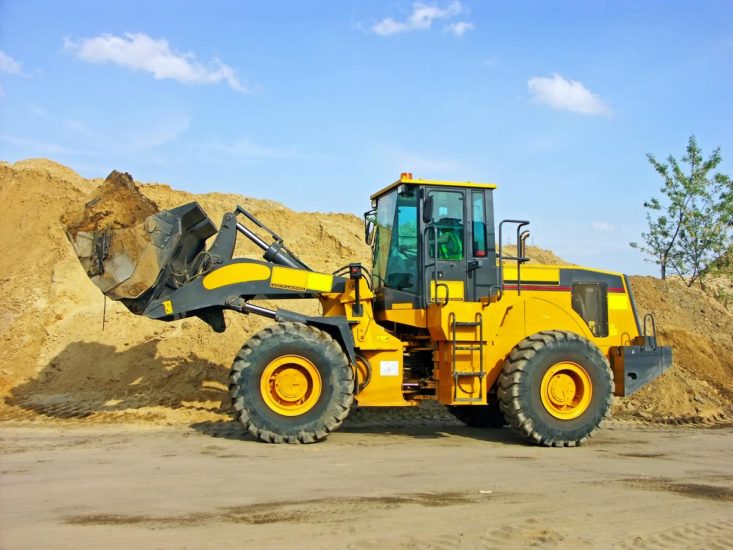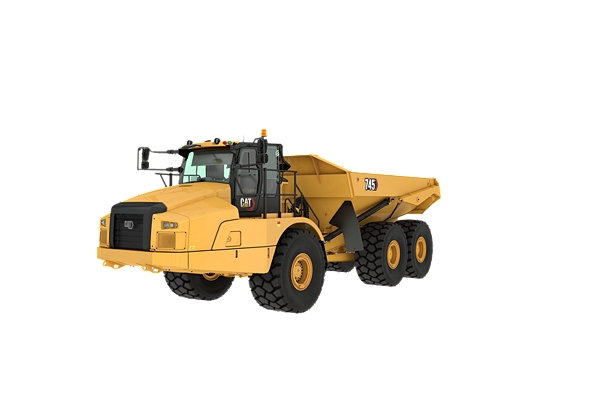Forklift Rental Solutions for Industrial and Commercial Use
Forklift Rental Solutions for Industrial and Commercial Use
Blog Article
Renting Vs. Acquiring Building Tools: Making the Right Choice for Your Job
When getting started on a building and construction job, one of the important choices that project stakeholders and managers face is whether to purchase or rent out building and construction devices. The choice hinges on numerous aspects such as cost factors to consider, project period, equipment maintenance, versatility, risk, and scalability management.
Expense Considerations
When reviewing the financial facet of buying versus renting out building tools, the long-lasting expenses and in advance costs must be very carefully taken into consideration. Leasing devices commonly calls for reduced initial payments compared to buying, making it an attractive option for temporary projects or service providers with spending plan constraints. Leasing removes the need for big funding outlays and minimizes the economic danger related to devices ownership, such as maintenance and devaluation expenses. Nonetheless, in the future, continuously renting devices can build up greater expenses than buying, particularly for extended jobs.
On the various other hand, purchasing building equipment includes greater upfront expenses however can result in lasting financial savings, especially for constant customers or lasting projects. Owning devices offers versatility, ease, and the capacity for resale worth once the task is completed. In addition, having tools permits modification and knowledge with details equipment, possibly enhancing performance and performance on-site. Inevitably, the decision in between getting and renting building devices rests on the task's period, regularity of use, spending plan factors to consider, and long-term monetary goals.
Project Period

Alternatively, for lasting tasks or recurring building and construction work, purchasing devices can be the much more cost-effective option. Acquiring tools can result in set you back savings in the lengthy run, particularly if the tools will be regularly utilized. Moreover, owning tools provides a feeling of control over its schedule and enables modification to fit particular job requirements.

Equipment Maintenance
Offered the essential role job duration plays in establishing the most economical strategy between leasing and acquiring building and construction tools, the emphasis currently shifts in the direction of examining the necessary element of equipment upkeep. Appropriate maintenance is critical for making sure the optimum efficiency and durability of construction tools. Renting devices usually comes with the benefit of having actually properly maintained machinery supplied by the rental firm. This can ease the concern of upkeep jobs from the task proprietor or contractor, conserving effort and time. On the various other hand, possessing equipment calls for a positive strategy to upkeep to stop break downs, guarantee safety and security, and prolong the equipment's lifespan. Routine inspections, servicing, and prompt repair work are needed to maintain owned equipment in leading working condition. Consider maintenance prices when choosing between renting out and buying, as ignoring upkeep can cause expensive repairs, downtime, and job delays. Inevitably, a well-maintained building devices fleet, whether rented out or had, is crucial for the reliable and successful conclusion of building projects.
Adaptability and Scalability
In the realm of construction tools monitoring, the aspect of adaptability and scalability holds significant importance for project performance and resource usage. Opting to lease building and construction tools gives a high level of flexibility as it enables the fast adjustment of tools kinds and quantities based on the progressing demands of a job. Leasing enables service providers to access a wide variety of customized devices that may be needed for specific tasks without the lasting commitment of possession. This flexibility is specifically helpful for tasks with differing needs or uncertain periods (boom lift rental).
Renting out building tools provides the benefit of easily scaling operations up or down as task needs change. Contractors can rapidly trade or include equipment to match the task's changing demands without the restraints of possessing possessions that may end up being underutilized or outdated.
Threat Monitoring
Effective risk administration in building and construction devices operations is extremely important to guaranteeing task success and mitigating possible economic losses. Building projects inherently involve various risks, such as tools malfunctions, crashes, and job hold-ups, which can substantially influence the project timeline and budget. By meticulously thinking about the threats connected with owning or renting out building equipment, job supervisors can make enlightened choices over here to reduce these prospective dangers.
Renting building equipment can offer a degree of risk reduction by moving the duty of repair and maintenance to the rental company. This can reduce the financial worry on the task owner in situation of unforeseen devices failings (rental company near me). Furthermore, leasing supplies the adaptability to access specific tools for details task phases, reducing the risk of possessing underutilized machinery
On the other hand, having building and construction devices provides a sense of control over its use and upkeep. However, this also means bearing the full duty for repair work, maintenance expenses, and devaluation, boosting the monetary risks associated with devices possession. Careful risk assessment and consideration of factors such as task period, equipment usage, and maintenance needs are critical in figuring out the most appropriate choice for efficient threat management in construction jobs.
Final Thought
To conclude, when deciding between buying and leasing building tools, it is very important to take into consideration expense, project duration, tools upkeep, threat, scalability, and flexibility management. Each factor plays an important role in identifying the most appropriate choice for the task handy. By meticulously evaluating these elements, project managers can make an enlightened decision that lines up with their budget plan, timeline, and overall job objectives.

Report this page